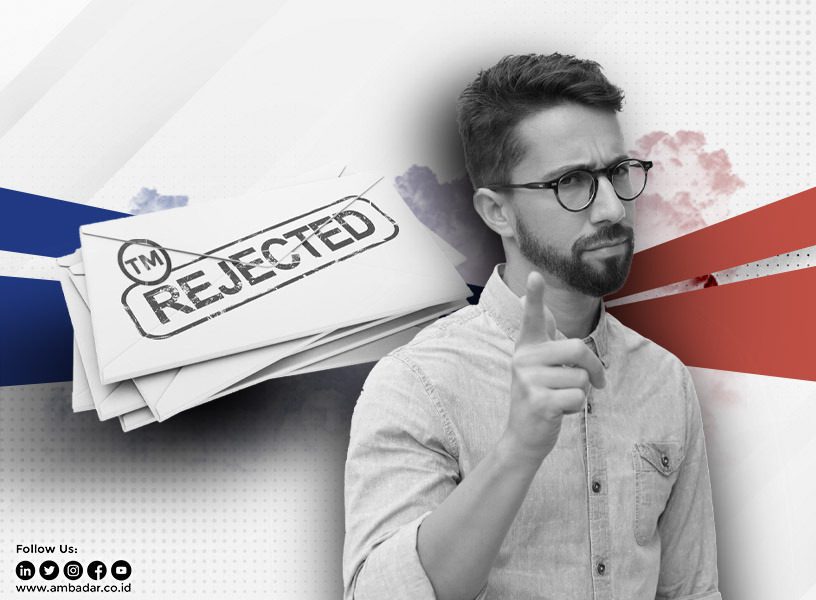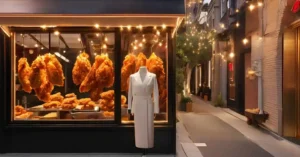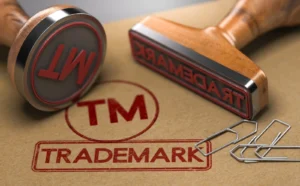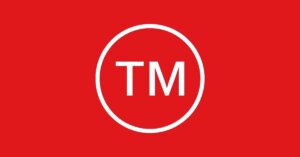Trademark as the identity of a product is one of the things you must prioritize when marketing your product. Especially if the Trademark in mind is unique or impressive. Because Indonesia adheres to the first to file system, Trademarks should be registered immediately before other parties who have the same idea registers.
However, say, you already attempted to register your Trademark. Unfortunately, it was rejected. Let’s talk about the possible reasons why it was.
- The Trademark is similar to an already registered Trademark
The similarities between two Trademarks that offer the same product/service is prohibited by Law Number 20 of 2016 concerning Trademark and Geographical Indication. See article 21 paragraph (1) letter a of the Law which reads: “Application is rejected if the Trademark has similarities in principle or in its entirety to: …a registered Trademark belongs to another party or is first applied for by another party for similar goods and/or services”.
So, if you feel like designing a Trademark, it is better to check the Intellectual Property Database (PDKI) beforehand to make sure there are no similar registered Trademarks. Let’s say you decide to apply for a registration anyway, despite already finding an almost identical registered Trademark. If rejected, you fail to register the Trademark. If accepted, there is a risk of legal action from the party who registered first.
Of course, the reason for the rejection is because the same two Trademarks, especially representing the same products/services, will cause confusion which can lead to losses. Moreover, the Law on Trademark and Geographical Indication requires Trademark to have distinguishable features.
- The Trademark is similar to a well-known Trademark
Trademarks are prohibited from having similarities with well-known Trademarks, either for the same or different product/service offerings. This can be seen in Article 21 paragraph (1) letters b and c which reads: “The application is rejected if the Trademark has similarities in principle or in its entirety to: …a well-known Trademark belonging to another party for similar goods and/or services; well-known Trademark belonging to another party for goods and/or services of a different kind that meet certain requirements”.
The bottom line is, when you design a Trademark and the Trademark has noticeable similarities with a well-known Trademark, your Trademark will be rejected. If accepted, the owner of the well-known Trademark may file a lawsuit, whether the well-known Trademark has been registered in Indonesia or not. However, for the owner of the well-known Trademark to file a lawsuit, they must first submit an application to the Ministry (see Article 76 paragraph (2) of the Law on Marks and Geographical Indications and its Elucidation).
- The Trademark has similarities to or is the name of a famous individual
Perhaps to attract consumers, individuals or companies may create Trademark that is similar to or is the name of a famous person. This is done as a marketing tactic. However, considering that Trademark is the “face” of the products/services offered, it is better not to mislead the general public. The public may have the assumption that the product/service is related to a public figure because the Trademark used to market the product resembles or is the name of that public figure.
Article 21 paragraph (2) letter a of the Law on Trademark and Geographical Indication reads “Application is rejected if the Trademark: constitutes or resembles the name or abbreviation of a well-known person, …except with the written consent of the entitled”. For example, you choose to use the name of a well-known politician, but you have written permission from that politician to use their name. Then your Trademark will not be cause for legal conflict. Otherwise, without permission, your Trademark application will be rejected or even disputed.
- The application for Trademark registration is in bad faith
The meaning of bad faith is if the application for a Trademark is carried out in an effort to cause confusion, unfair competition, in contrast to if the Trademark applied for is similar to a registered Trademark by accident. The existence of an element of bad faith eliminates the time limit for the lawsuit for the cancellation of a Trademark (Article 77 paragraph (2) of the Law on Trademark and Geographical Indication). This is significant considering that the Law on Trademark and Geographical Indication stipulates the time limit for filing a lawsuit for the cancellation of a Trademark, which is 5 years since the time the disputed Trademark is registered.
- The Trademark resembles the name, flag, symbol, or emblem of a country or national/international institute
Name, flag, emblem, or symbol of a country is the representation of said country’s ideology and existence. Using it as a Trademark which represents your brand or your person is nothing short of disrespectful, not to mention misleading. Same with using the name, emblem, flag, or symbol of a national/international institution.
Designing a Trademark means creating something with a unique or disparate element which will be used to market your product, even your company in some cases. Why use something already utilized by someone else, especially if that ‘someone else’ is a country or a national/international institution, when you can produce your own distinctive Trademark?
“Application is rejected if the Trademark: … is an imitation or resembling the name or abbreviation of the name, flag, logo or symbol or emblem of a country, or national or international institutions, except with written approval from the authorized party,” the regulation states according to Article 21 paragraph (2) letter b of the Law on Trademark and Geographical Indication.
Those are the reasons that can be used by the DGIP to reject the application for your Trademark’s registration. Try to stay up to date with the regulations governing Intellectual Property if you are interested in creating or starting a business. Don’t hesitate to contact us via marketing@ambadar.co.id if you seek further information on any confusing topics of Trademark or Intellectual Property.
Source(s):
- Law Number 20 of 2016 concerning Trademark and Geographical Indication






